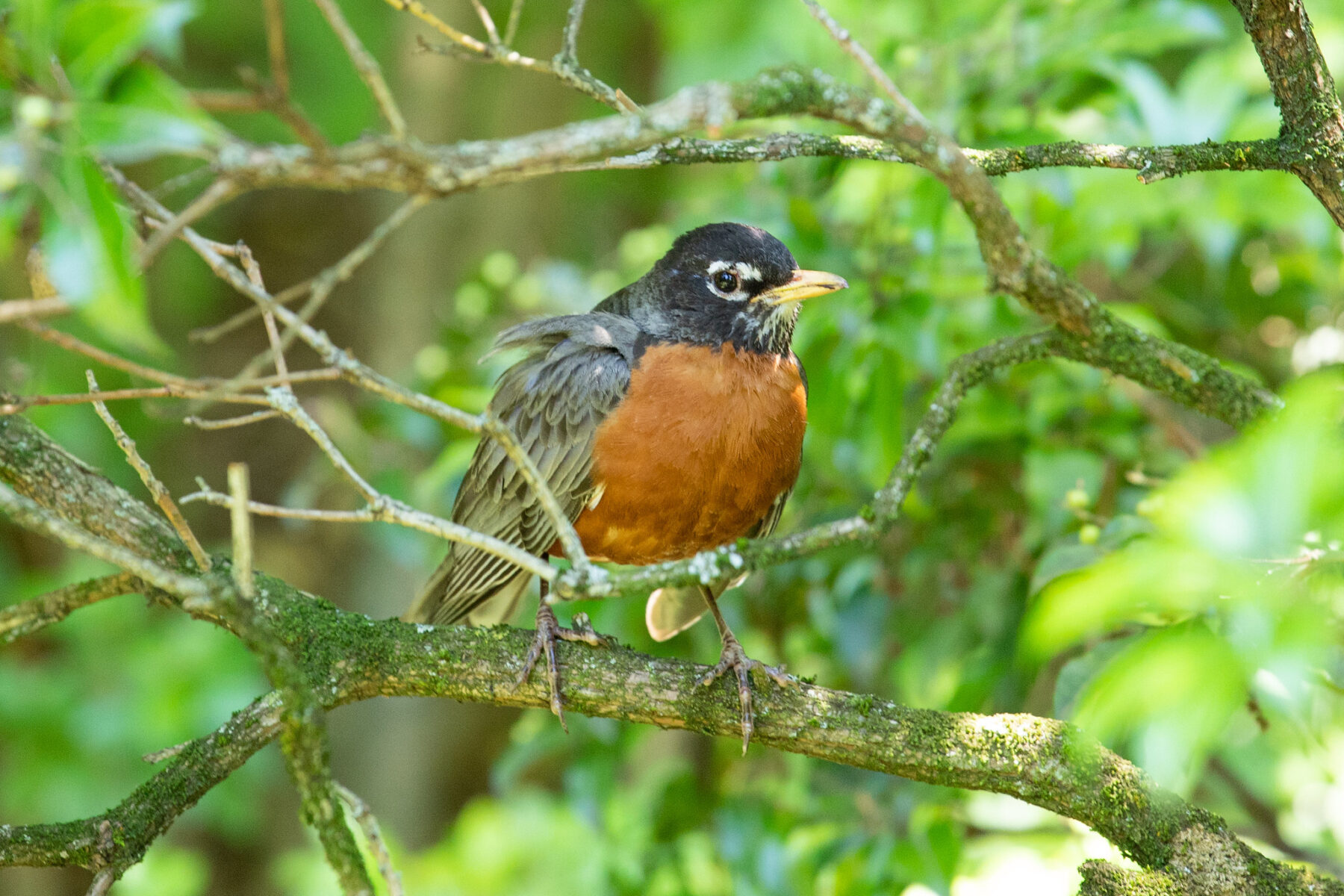
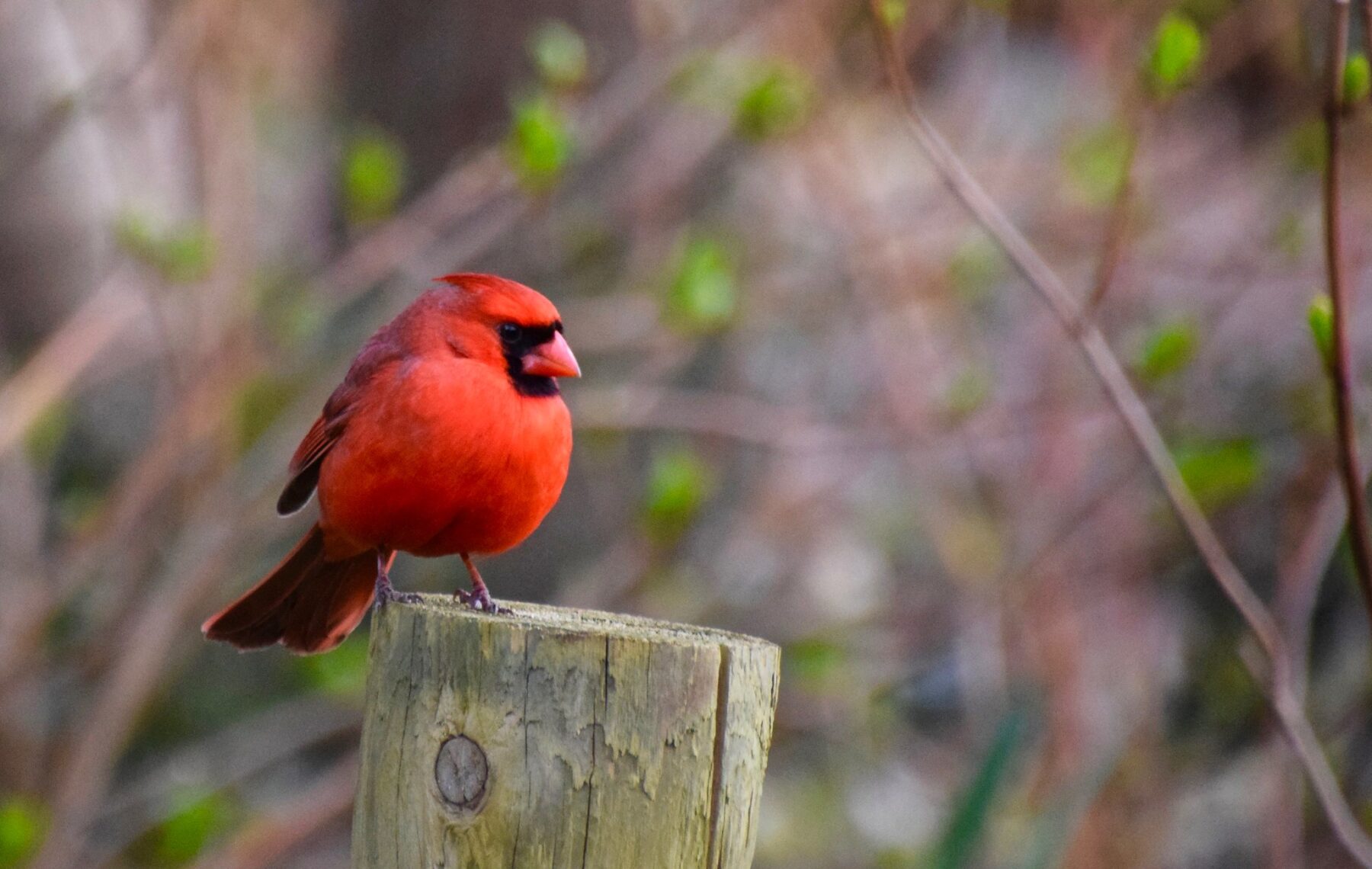
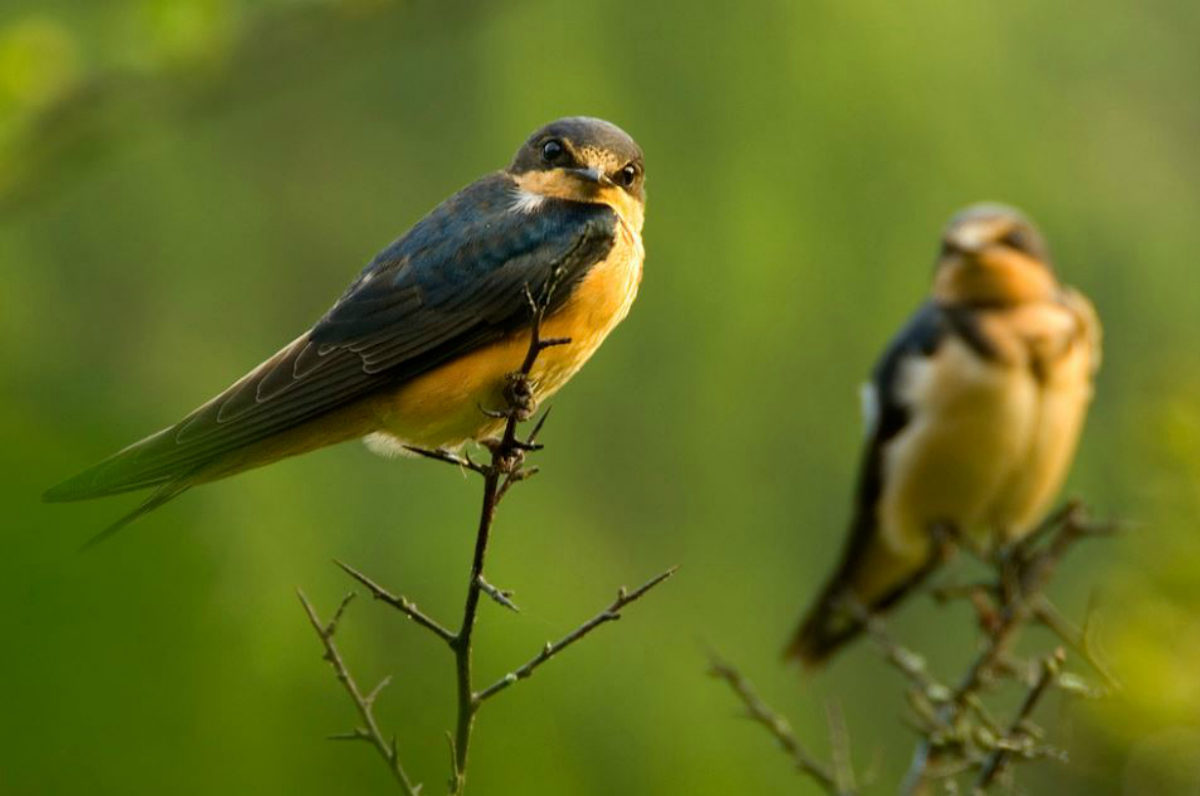
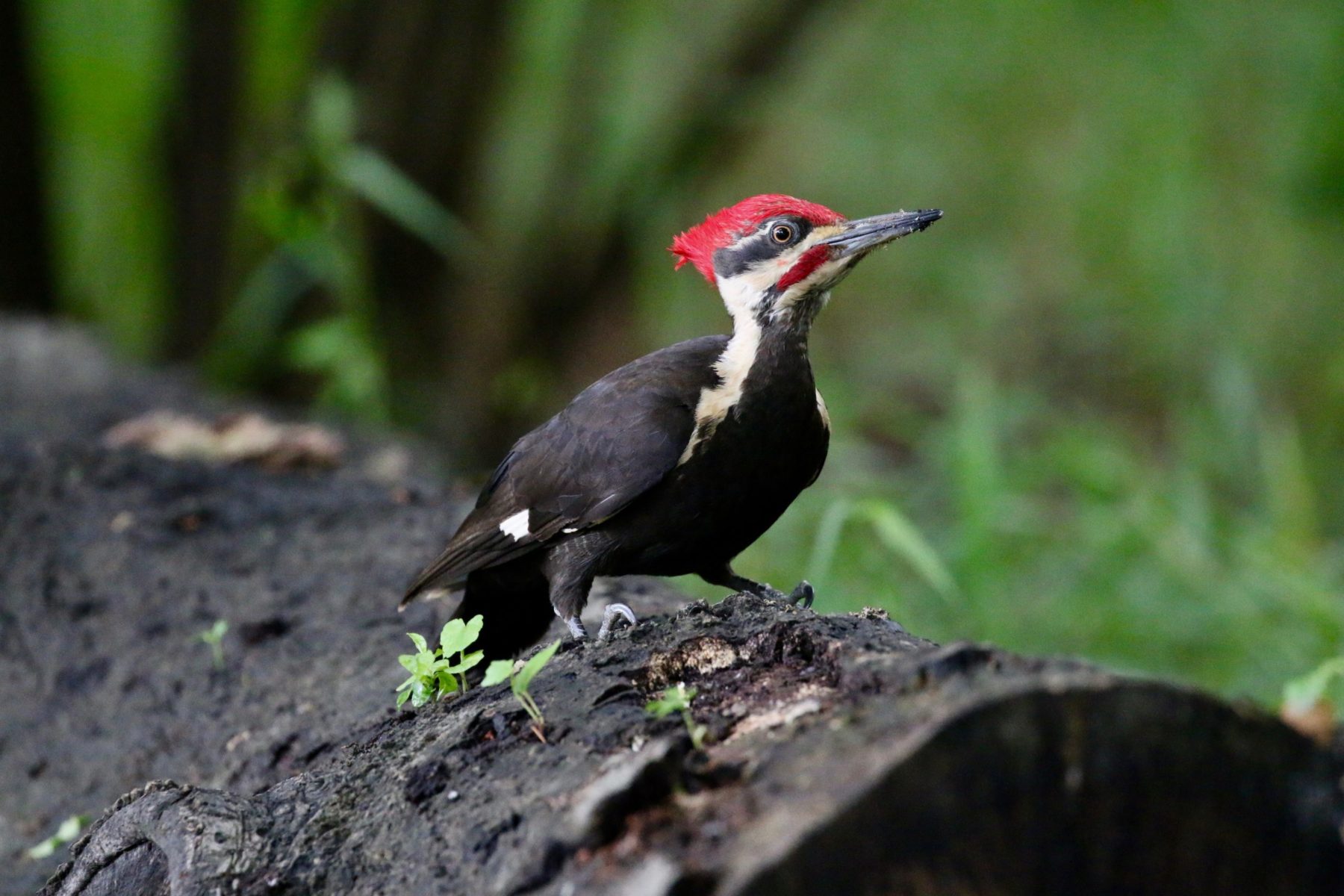
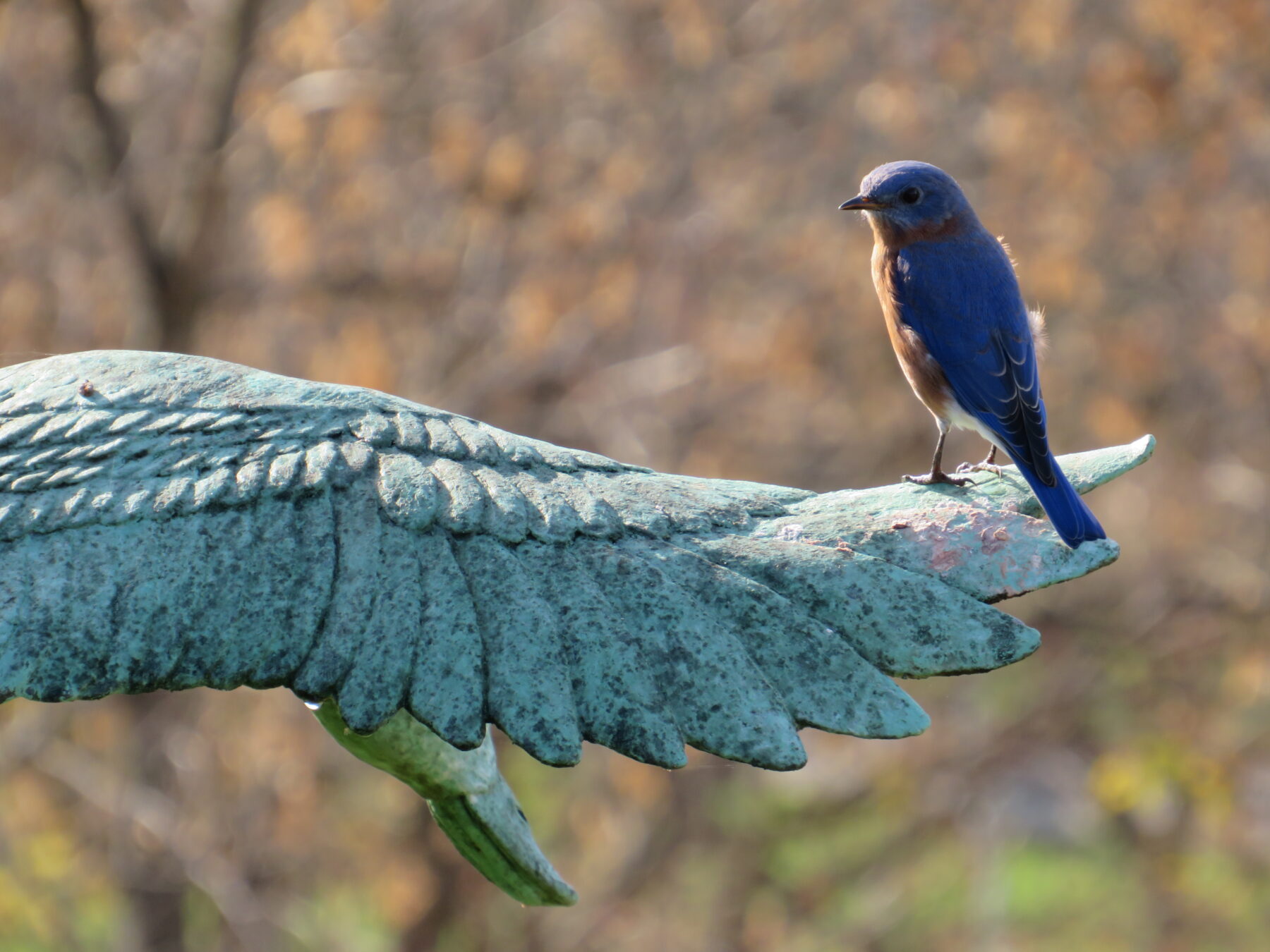
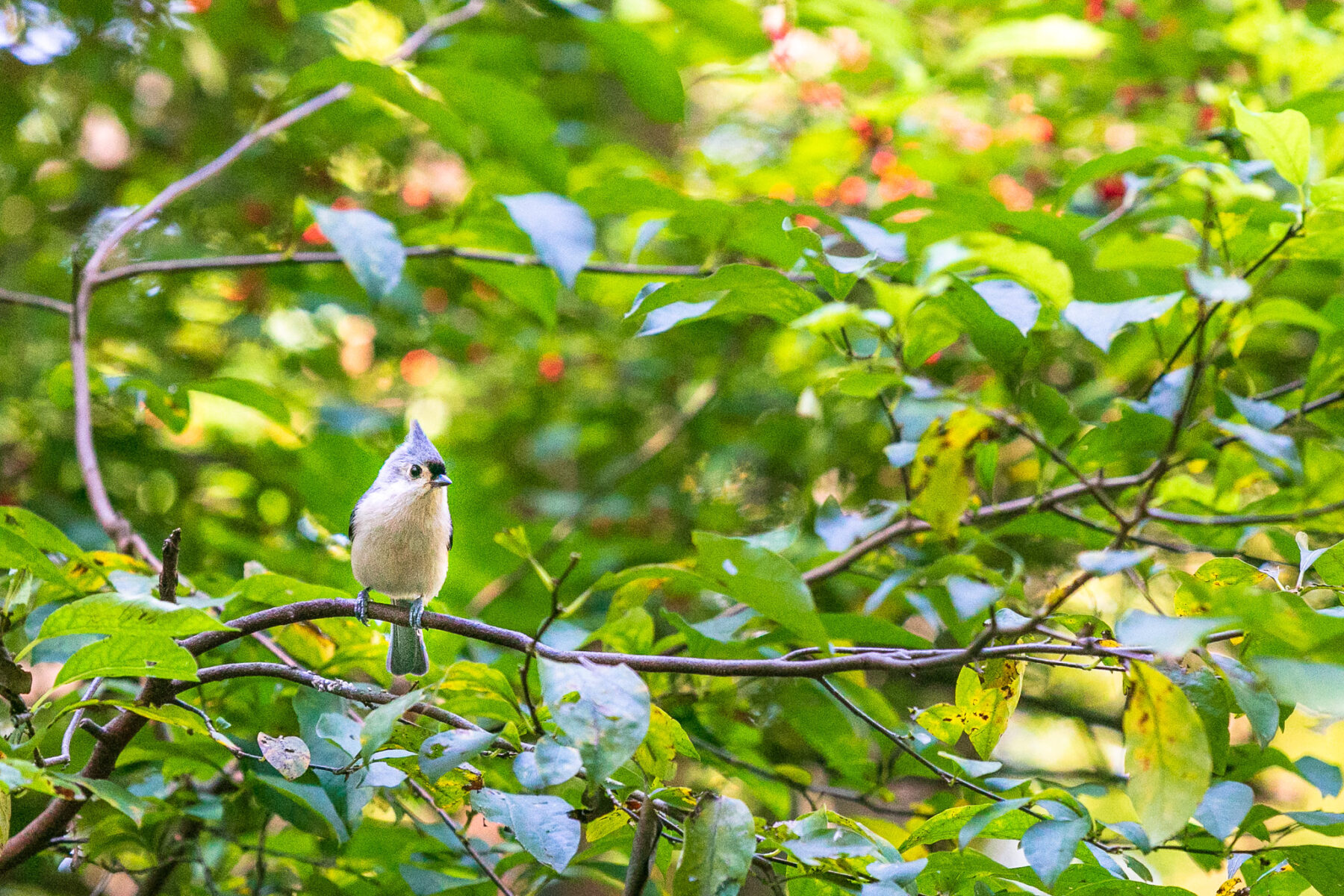
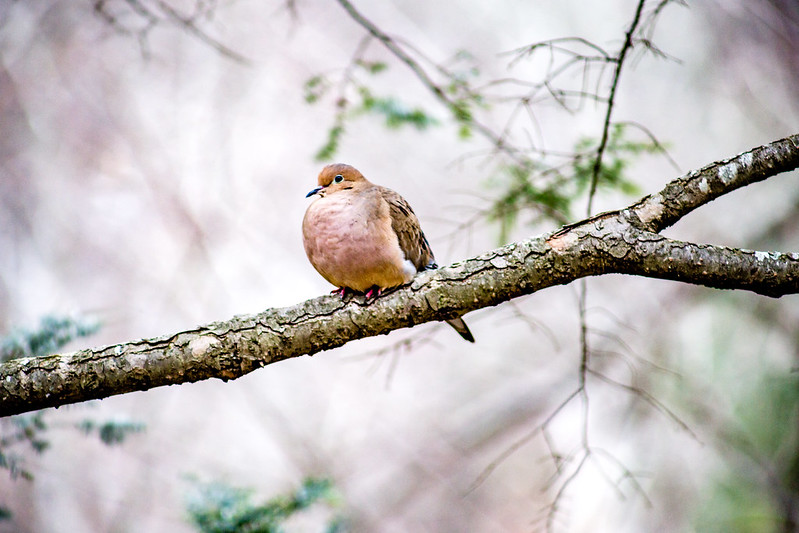
Tips to Get Started
The best way to begin birding is to spend time outdoors and start observing and identifying the birds around you.
A few recommended tools include:
- Binoculars
- Watch for movement with your own eye first, then bring the binoculars up to the area where you saw movement to locate and observe the bird.
- Field guide
- Familiarize yourself with the field guide before heading out into the field. Learn about the common birds in your area. Flip through and note where each bird group is located within the guide. This way in the field, you can quickly flip to the section that contains the bird you are attempting to identify.
- Mobile apps
- There are several apps for smart phones that can help identify birds by photo, sound, or by answering a series of questions about the bird (habitat, size, colors).
- There are several apps for smart phones that can help identify birds by photo, sound, or by answering a series of questions about the bird (habitat, size, colors).
When trying to identify a bird, keep the following in mind:
- Color can be a good start in identifying a bird, however there are a lot of brown birds, a lot of blue birds, etc.
- Taking a closer look at field marks, which are physical characteristics that help identify a bird species. These can include:
- Eye stripes
- Throat patches
- Wing bars
- Eye ring
- Taking a closer look at field marks, which are physical characteristics that help identify a bird species. These can include:
- Sound, most of the time you will hear a bird singing or calling, instead of actually seeing the bird. Start listening to recordings of the birds you encounter on a daily basis. Once you have this call memorized, you can start learning the bird calls for other species.
- Behavior is another way to identify a bird. Some birds prefer to forage on the ground like juncos, or mourning doves. Some birds, like Carolina Wrens, will bounce their tail up and down as the explore a dead log or thickets. White-breasted nuthatches will travel up and down a tree.
- Birding takes a lot of patience; you will not see every bird you hear or that flies around. This is ok. It will take a time before you can confidently identify birds.
- Enjoy the process and time spent in nature!
Best Practices
- Give birds plenty of space, you know you are getting to close if there is a change in their behavior
- Leave nesting parents, nests, egg, chicks, plenty of space.
- Do not play bird calls, this can confuse and stress out nearby birds.
- If you are birding in a group, use calm quiet voices if you see a bird, try to avoid quick gestures, especially pointing, these movements can spook birds.
- If you are birding on a trail, be respectful to other trail users. Step to the side if a hiker is going by or a biker.
- Stay on the trail, going off trail could damage a bird’s habitat.
- Review the American Bird Association Code of Birding Ethics
Resources
- Apps
- eBird
- Merlin Bird ID
- Audubon Bird Guide